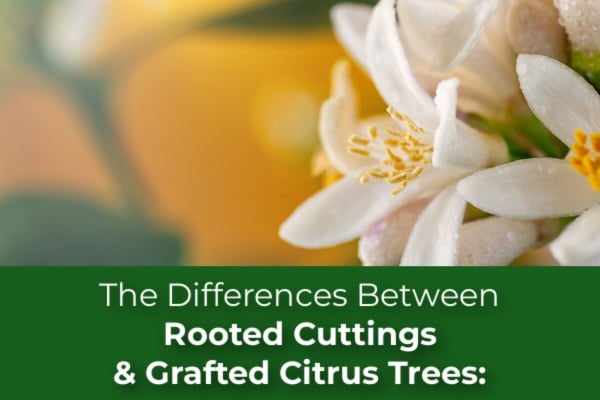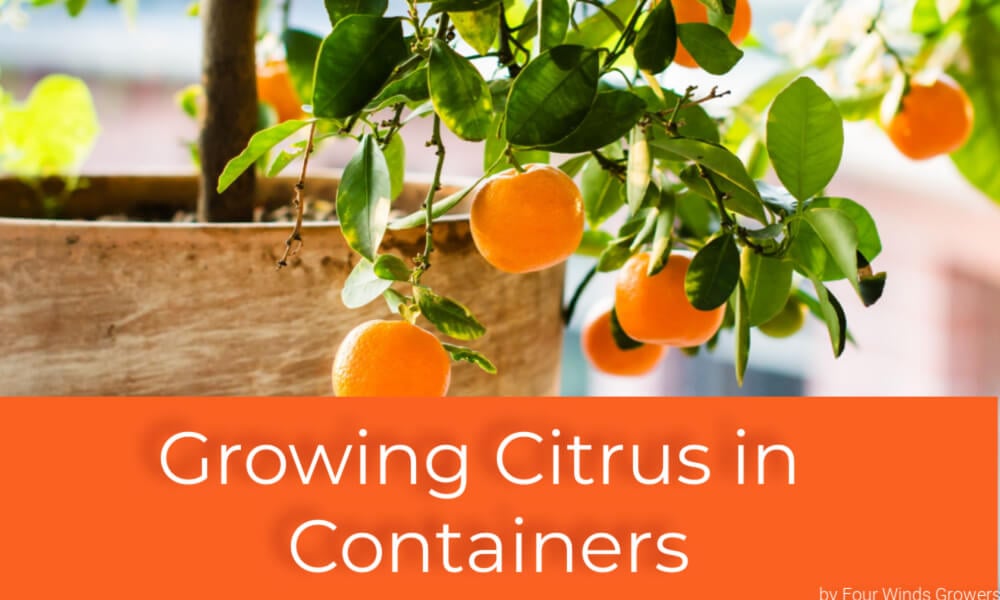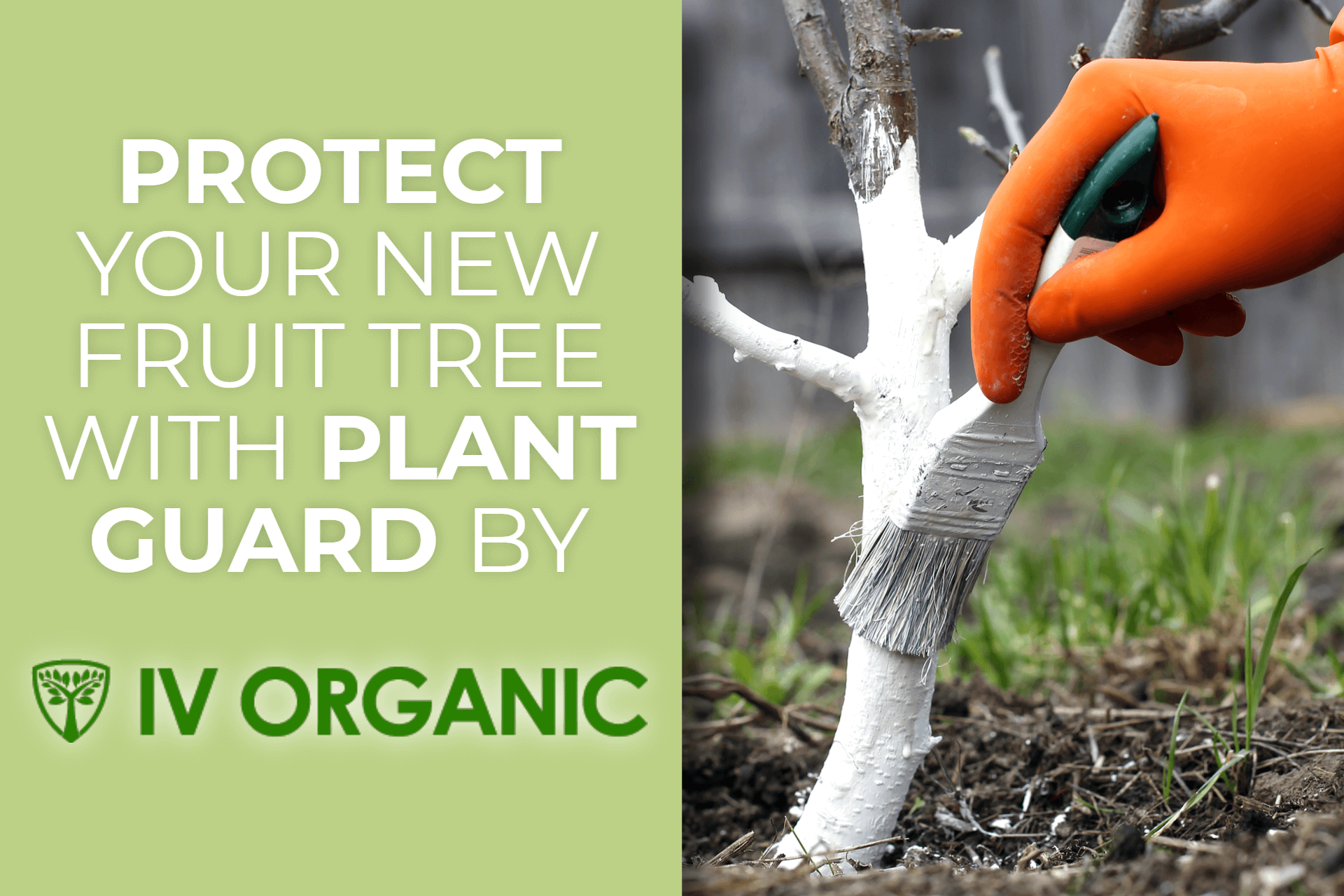The Differences Between Rooted Cuttings and Grafted Citrus Trees
We are excited to announce that we have added entry-sized, 12-24" lemon and lime rooted cuttings in twelve popular varieties. This is a wonderful starter tree option for your citrus collection and is offered at an amazing price. Choose from classic lemon and lime varieties like Improved Meyer Lemon, Lisbon Lemon, Santa Teresa Femminello Lemon, Variegated Pink Lemon, Eureka Lemon, Genoa Lemon, Mexican Key Lime, and Bearss Lime, or hard-to-find, exotic varieties like Yuzu, Buddha's Hand Citron, Assads Citron, and Calamansi/Calamondin.
We can ship them to your door in single-sized, 3-pack, and 6-pack boxes.
When deciding to add citrus trees to your garden, it is helpful for growers to know the differences between the rooted cuttings and grafted citrus trees before buying and planting them. Both methods of propagation result in beautiful, productive, high-quality trees. We are committed to providing a top-quality product, whether you prefer the simplicity of rooted cuttings or the hardiness of grafted trees.
Rooted Cuttings: Cost-Effective, Productive and Consistent
Simplicity and Affordability: Rooted cuttings are created by cutting branches from our proven and productive mature citrus trees and encouraging them to grow their own roots. This method results in a plant genetically identical to the parent tree, ensuring consistent fruit quality and characteristics. We propagate our rooted cuttings here at the nursery using our certified "mother trees" as the source.
Advantages of Rooted Cuttings:
1. Cost-Effective: Rooted cuttings are less expensive than our hand-grafted trees. The same soil mixture, environmental conditions as well as attention and care are given to these trees and we are committed to producing a nice looking starter tree to set you up for success.
2. Genetic Consistency: As clones of the parent tree, rooted cuttings offer uniform fruit quality and characteristics. Our mother trees are specifically chosen for their excellent quality and fruit production. You know that you are getting a citrus tree that will start to fruit within 3 years.
Considerations:
Less Vigorous Root System: Rooted cuttings lack the strong disease resistance provided by specialized rootstocks, making them more vulnerable to pests and diseases. Without the adaptability of a rootstock, it is better to plant your rooted cuttings in containers instead of in the ground- especially if you encounter poor soil conditions or harsh climates. This way, you can manage your root system and soil mixture more effectively.
Grafted Citrus Trees: The Gold Standard
Grafted citrus trees are our specialty at Four Winds Growers. With over 70 years of experience and millions of trees propagated our grafted citrus trees represent high quality and consistency. The actual grafting process involves physically joining a scion from a desired citrus variety to a hardy rootstock, using a band to hold them together until they naturally seal together to form one tree. This method combines the best attributes of both plants- the fruiting branch and the hardy rootstock.
Advantages of Grafted Citrus Trees:
1. Disease Resistance: The rootstock in grafted trees is chosen for its resistance to diseases and pests, offering natural defense mechanisms and promoting longevity. These trees can produce fruit for extended periods due to their proven robust root systems.
2. Growth and Productivity: Grafted trees benefit from the vigorous growth induced by the rootstock, leading to quicker establishment. They are more consistent in growth habits, fruit size, and quality. With grafted trees, you can expect to start seeing fruit set by years 4-5.
3. Versatility: The adaptability of the rootstock allows grafted trees to thrive in various soil types and withstand adverse weather conditions, enhancing overall resilience. You can grow grafted trees in the ground or in containers with great success.
Considerations:
Initial Cost: Due to the labor-intensive grafting process and the need for specialized rootstock, grafted trees are somewhat more expensive than rooted cuttings.
Deciding Between Rooted Cuttings and Grafted Citrus Trees
Rooted cuttings are an easy, cost-effective option, great for new gardeners and those who are interested in lemon and lime tree container growing without a lot of fuss. They produce robust, low-branching trees that can be pruned for a bush or tree-like shape. Mature rooted cuttings are around 8-10 feet tall, but can be kept smaller with yearly pruning.
Grafted trees create robust, hardy trees with disease resistance and long-term productivity. This makes them ideal for gardeners seeking resilience and high performance. If you are planning to grow your citrus trees in the ground, we recommend that you plant grafted citrus trees as opposed to rooted cuttings. Due to the longer trunk, grafted trees are ideal for espalier style citrus and planting orchards. They can reach 12-15 feet tall when planted in the ground but can be kept much smaller with yearly pruning.
Our Recommendations:
For gardeners seeking a budget-friendly option with consistent citrus fruit characteristics, rooted cuttings are a great alternative. They are perfect for container gardening, in mild climates and offer a straightforward approach to growing citrus. Our top recommendations for new growers are the Improved Meyer Lemon Bush, Calamansi, and the Bearss/Persian Lime Bush.
For those looking for long-term productivity and resilience, grafted trees are an excellent choice. The initial investment pays off with consistent growth, high-quality fruit, and natural disease resistance. Due to their hardy rootstock, they are recommended for in-ground planting, indoor citrus growers, or indoor/outdoor growers in colder climates. Our favorites include the Cara Cara Orange, Owari Satsuma Mandarin, and Fukushu Kumquat trees.
Growing Tips:
For both rooted cuttings and grafted citrus trees, we recommend starting a 10-14", or 3-5 gallon pot. Use a chunky, well-draining potting mix for citrus trees, such as our DIY Primo Potting Mix. Water your tree thoroughly after planting. After about 2 years, you can repot your tree in a slightly bigger container. Keep a regular watering schedule, whether it be once a week or twice a week. Frequency depends on how quickly your potting soil dries out. Water when the top 2" of your soil feels dry to the touch. For the benefit of the tree's fragile roots, your soil should consistently stay moist but not soggy or wet. Grafted trees will produce branches or suckers from below the graft which should be removed. Rooted cuttings do not grow suckers, so any low-growing branches are optional.
Our customer service team is dedicated to helping you choose the best citrus trees for you, for both rooted cuttings and grafted citrus trees. Since 1948, we have been committed to providing top-quality trees. Whether you prefer the simplicity of rooted cuttings or the hardiness of grafted trees, you're sure to enjoy the satisfaction of growing your own delicious citrus fruits at home. Visit us today to explore our selection and start your citrus-growing journey!
SEE CITRUS ROOTED CUTTINGS/ BUSHES




